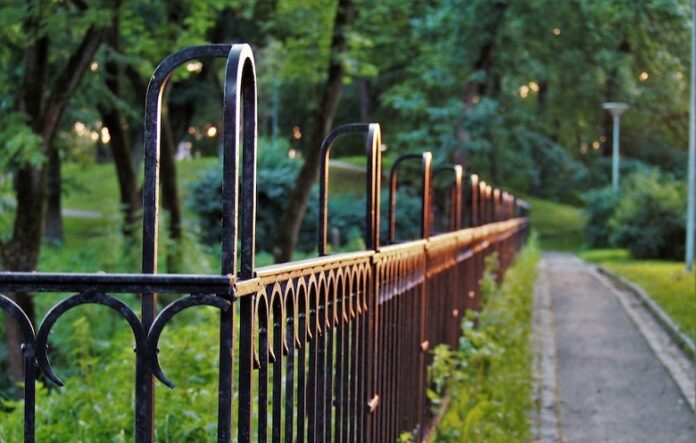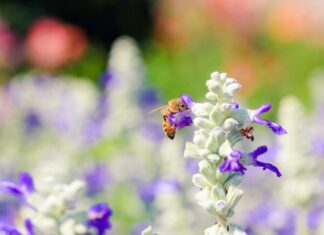Gardens aren’t just for humans to enjoy; they can also be a haven for wildlife. Using fencing strategically, you can create a wildlife-friendly environment that welcomes a variety of creatures into your garden. In this blog, unlock the art of using fencing to encourage wildlife in your garden, making it a thriving ecosystem for flora and fauna.
1. Choose the Right Fencing Material
The first step in creating a wildlife-friendly garden is to choose the right fencing material. Opt for natural, sustainable materials like wood, bamboo, or wicker. These materials blend seamlessly with the environment, providing a more natural look that complements the flora and fauna in your garden.
To create a truly eco-friendly garden that encourages wildlife, consider incorporating Ecomposite Products, which offer sustainable and low-impact fencing options that blend seamlessly with the environment.
Avoid using chemically treated or painted materials, as these can harm wildlife. The goal is to create a safe and non-toxic environment that encourages animals and insects to thrive.
2. Gaps and Passages
Table of Contents
One effective way to encourage wildlife is to create gaps or passages in your garden fencing. These openings allow small mammals, birds, and insects to enter and exit your garden. These can be achieved through gaps at the bottom of the fence, small holes in the fence panels, or purposefully left areas without fencing.
Be mindful of the size of these gaps; they should be big enough for wildlife to pass through but not so large that they compromise the security of your garden. Enhancing wildlife accessibility in your garden includes creating thoughtfully designed gaps in fencing, allowing small mammals, birds, and insects to move freely. Consider examples like temporary fence solutions in Austin, as seen in services such as Viking Rental, to strike a balance between garden security and ecological inclusivity.
3. Install Bird-Friendly Fencing
Birds are a delightful addition to any garden, and certain fencing features can make your garden more inviting. Consider adding trellises or meshwork to your garden fence, allowing birds to perch and nest. Install birdhouses in the garden or hang feeders near the fencing to attract various avian species.
Additionally, use bird-friendly plants near the fence to provide shelter and food sources for these feathered friends.
4. Create Hedgehog Highways
Hedgehogs are charming and beneficial garden visitors. To accommodate these spiky mammals, create hedgehog highways. Small gaps at the bottom of your garden fence are large enough for hedgehogs to slip through but too small for larger creatures like dogs.
Place hedgehog houses around the garden, providing a safe place to rest and hibernate during winter.
5. Consider Native Plants
Native plants are essential for attracting local wildlife. Native species of plants offer food and shelter for insects, birds, and other creatures that have adapted to your region. Planting them alongside your fencing can create a flourishing habitat for local wildlife.
Research and select native plants suitable for your garden’s climate and soil conditions. This will ensure the plants thrive and, in turn, attract a diverse array of wildlife.
6. Install Bat Boxes
Bats are natural pest controllers, feeding on insects like mosquitoes and moths. Encourage these nocturnal creatures to visit your garden by installing bat boxes on your fencing or nearby trees. These boxes mimic natural roosting spots, providing shelter and safety for bats during the day.
Using fencing to encourage wildlife in your garden is a beautiful and environmentally responsible way to create a vibrant and harmonious ecosystem in your outdoor space. By following the above tips, you can turn your garden into a sanctuary for a wide range of wildlife. Remember, the key to a successful wildlife garden is patience; it may take time for the creatures to discover and inhabit your space, but the reward of sharing your garden with them is well worth the effort.











